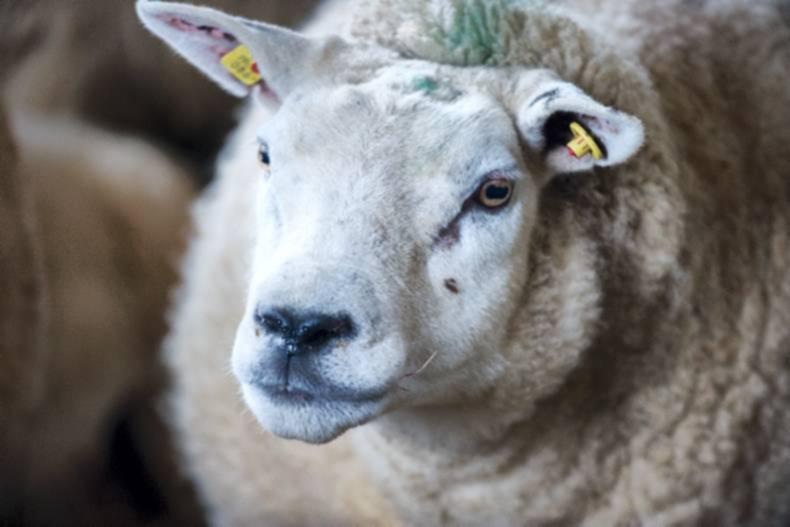The importance of flock health on hill sheep farms was also firmly acknowledged.
Two of the speakers, John Fagan from the Regional Veterinary Laboratory, Athlone, and British veterinary consultant Dr Peter G Bates tackled different aspects of parasite control and prevention.
John Fagan emphasised the seriousness of liver fluke on hill farms. In the regional veterinary lab, the first losses from acute fluke were usually seen in late August/early September. In the case of acute fluke, the larvae travel through the liver causing significant haemorrhage and blood loss.
Sudden deaths can occur, usually in multiple sheep. John emphasised the need to consult your vet and adviser to decide on the appropriate action.
Flock comrades must be dosed with a fluke dose that kills early immature fluke larvae. Fluke doses that only kill adult fluke are useless in this situation. Make sure that you use the right dose at the correct rate.
Once sheep go back on infected land, they immediately pick up more larvae so, in a wet year, you need very frequent dosing (once a month). Liver damage already done can continue to cause problems, such as twin-lamb disease, salmonellas, black disease or poor milk production.
Chronic fluke
Not all fluke is acute and caused by larvae. Adult fluke settle in the bile ducts of the sheep and produce eggs to be passed out in the faeces.
If sheep are thriving poorly with some swelling under the chin, check dung samples for eggs. Use a dose that kills both adult and immature fluke. If housing, dose six weeks after housing with a dose that kills early immature fluke, ie under six weeks.
Recommendations for fluke treatment
Rumen fluke
Athlone lab observed that, during wet years, significant problems were caused by the larvae. Once diagnosed, the response to treatment was good. Since 2012, they have seen rumen fluke eggs in many samples but don’t associate significant disease with them.
Where eggs are found and scouring does not respond to fluke and worm drench, treat for rumen fluke.
Worm control
Worms become a problem on hill farms when lambs are on lowland pastures. Lambs should be dosed a month after they arrive down.
After this, dose according to the level of challenge and lamb performance. As with lowland lambs, the danger of wormer resistance needs to be watched. Egg counts can help with this and timing the dose to allow lambs to pick up non-resistant worms, as per the Sustainable Control of Parasites in Sheep recommendations in Britain.
Pasteurella
Pasteurella is a disease which the regional lab associates with hill lambs. Usually about a week after arriving on a farm, sudden deaths can occur. The clostridial vaccine with pasteurella component is best to use to prevent both pasteurella and clostridial deaths.
Other issues
Swayback, cobalt deficiency, Tick borne fever and abortions are all issues the lab finds in hill flocks.
External parasites
Peter Bates, of VMEC in Britain, examined the area of external parasites in depth. Sheep scab alone costs £8m/annum in Britain. The main problems for hill flocks are scab mites, chewing lice and ticks. Blowfly strike becomes more of a problem when sheep come off the hill and graze in-bye.
Tick control/prevention is usually in late spring/summer when ticks are abundant and young lambs are turned out to infested grazing. Blowfly is usually a mid-summer problem. However, permanent ectoparasites, such as scab and lice, are normally only treated on a reactive basis when they are already affecting the flock.
Bates warned that the use of diazinon dip products via non-authorised methods (such as showers) has the potential to generate OP resistance in mite populations. He also warned that overusing Macrocyclic Lactone injections (doramectin,ivermectin and moxidectin) for scab control has the potential to generate resistance in non-target parasites, particularly gutworms and scab mites themselves. This would not be in the interest of the Irish sheep industry.
A control strategy should include a number of critical control points:
Tick control
Because ticks are endemic to pastures and also use other mammals like deer, rabbits and hedgehogs, they are difficult to control. Plunge dipping in diazinon and the use of SP pour-ons help protect the flock. Burning/cutting of dense vegetation can remove their habitat.
